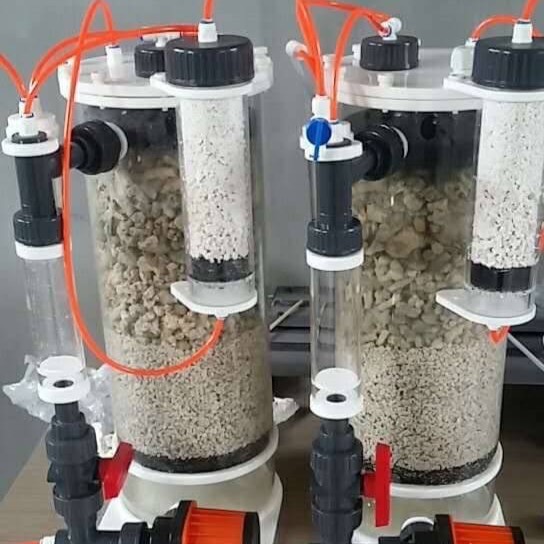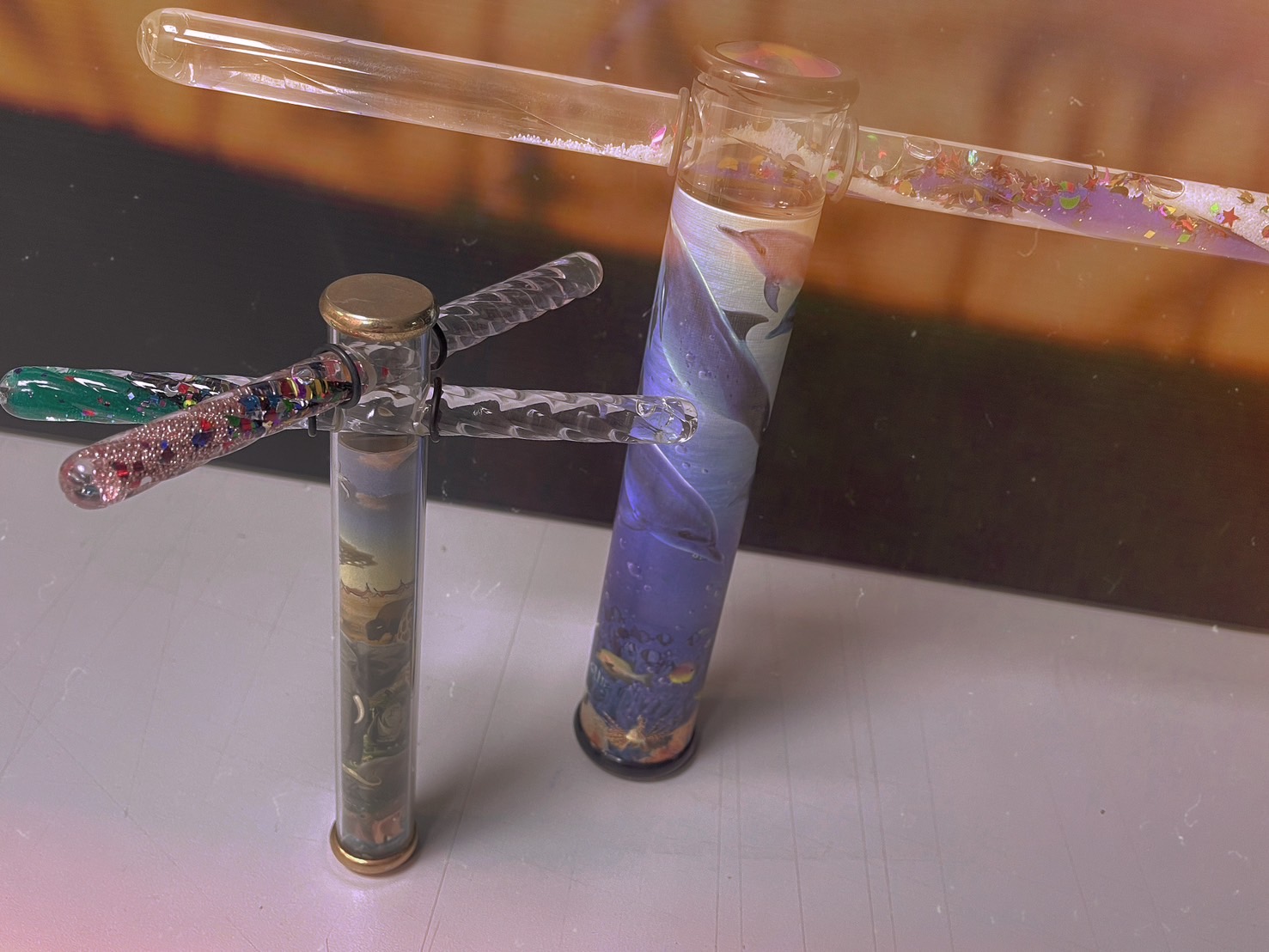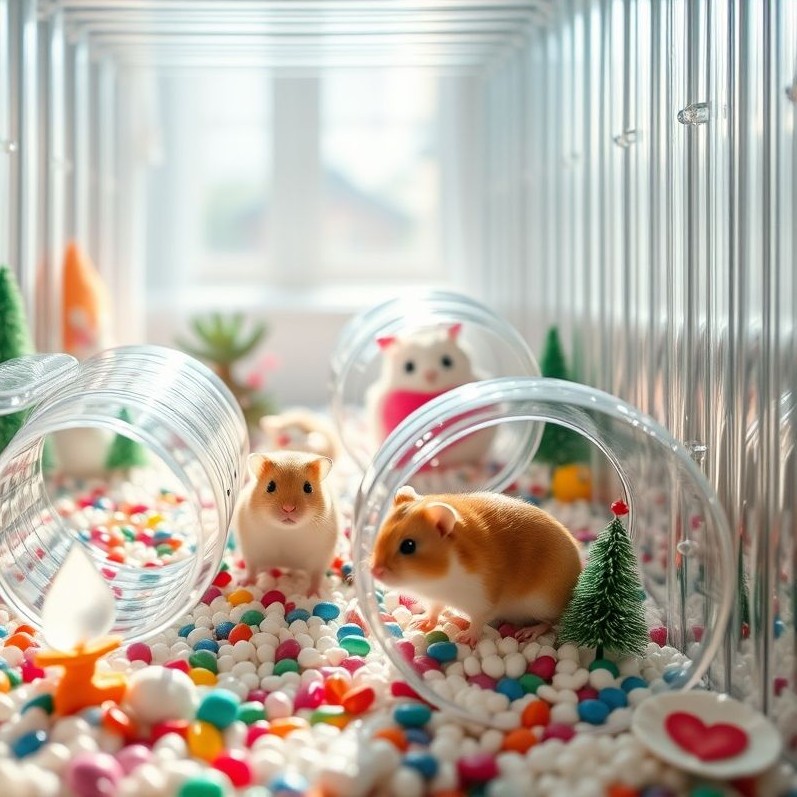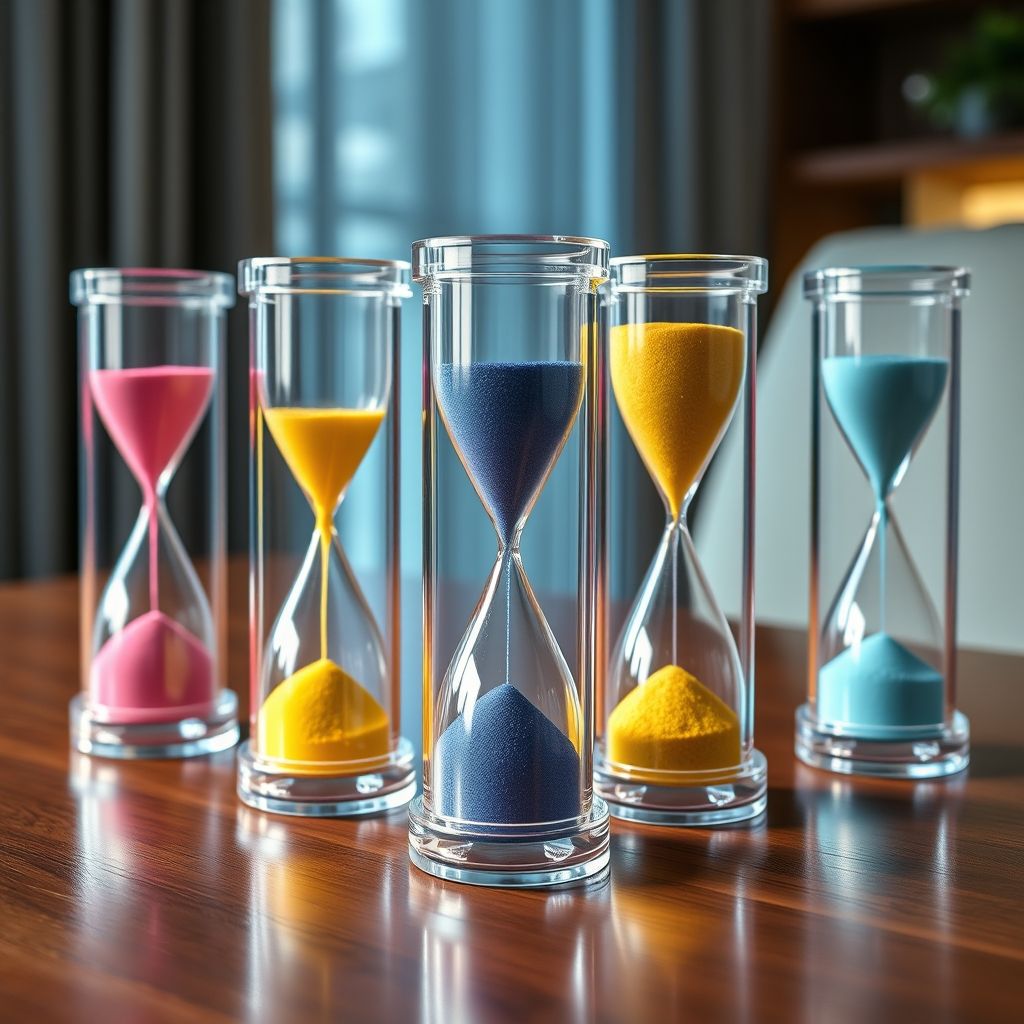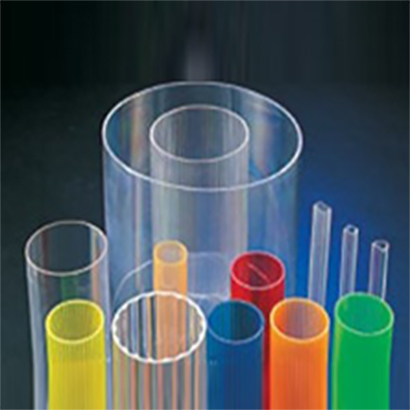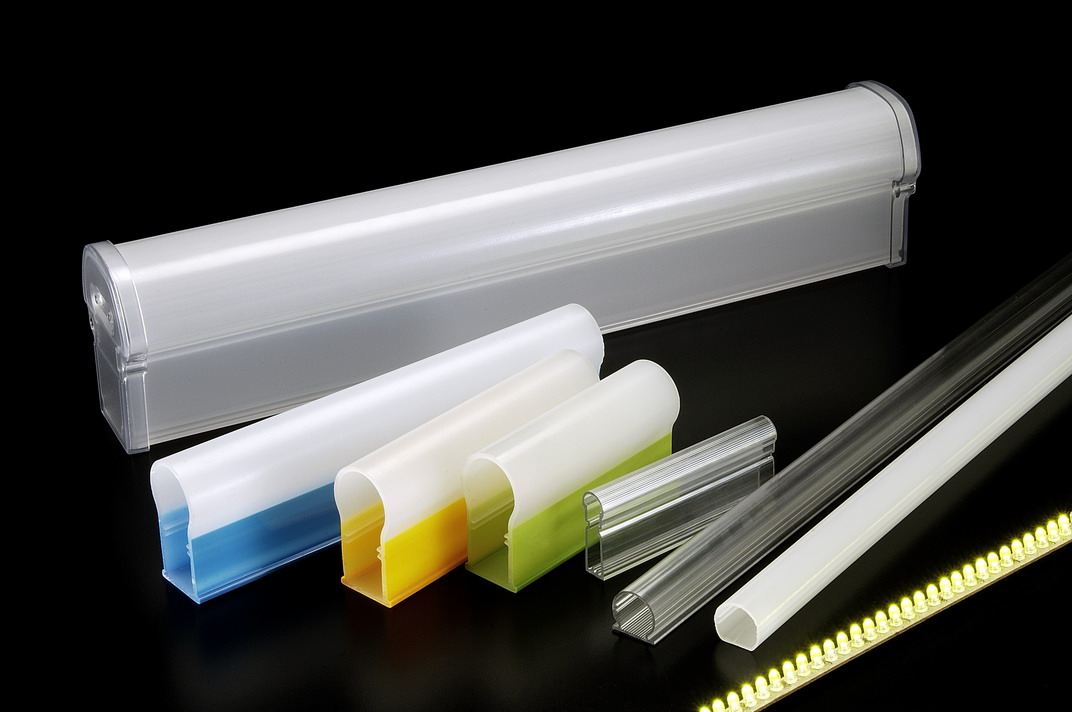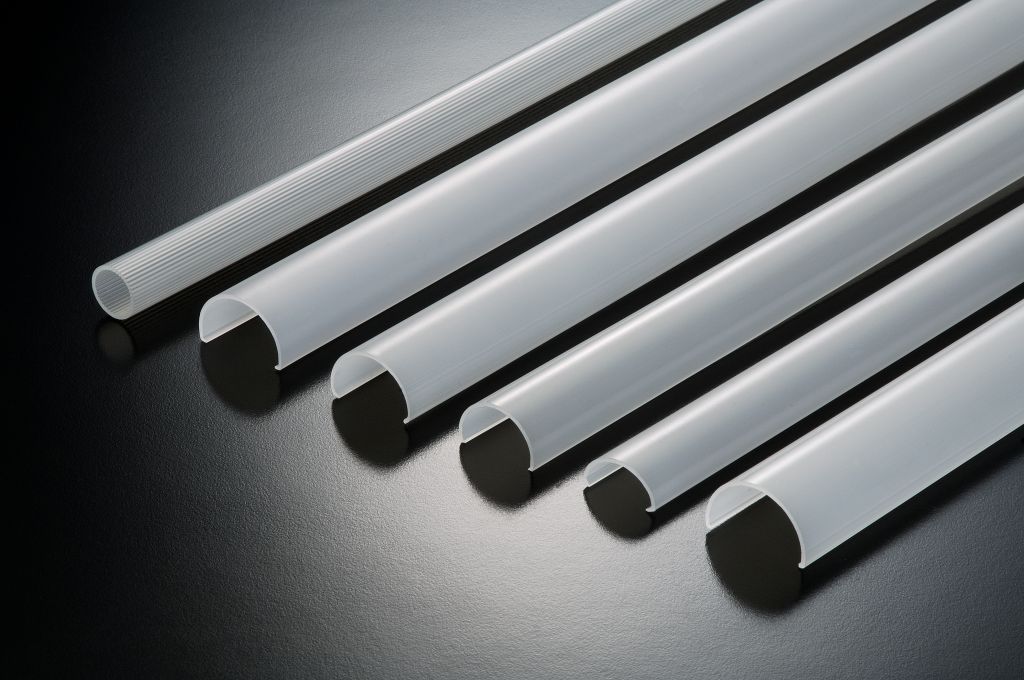Kaleidoscope Application
Kaleidoscopes: The Modern Marvels of Light and Color
Since their invention in the 19th century, kaleidoscopes have been fascinating devices that capture the interplay of light and shadow. Through the clever combination of lens reflections and colors, they create endless visual patterns that mesmerize viewers. With advancements in materials science, acrylic tubes have gradually replaced traditional glass and metal as the primary material for making kaleidoscopes, breathing new life into this classic toy and adding a modern touch with unique visual effects.
1. The Transparency of Acrylic Tubes Enhances Visual Effects
Acrylic tubes, with their high transparency, are ideal materials for kaleidoscopes. Compared to traditional materials, acrylic tubes transmit light more clearly, allowing the internal lenses and colored pieces to reflect more vivid patterns and colors. This transparency also permits external light to enter the kaleidoscope more freely, enhancing the overall visual effect and ensuring that each rotation reveals strikingly different designs.
2. Lightweight and Durable Structure
Kaleidoscopes are often designed for handheld operation, making the weight and durability of the materials crucial. Acrylic tubes are lighter than traditional glass and offer higher impact resistance, making the kaleidoscope easy to carry and less prone to breakage. This feature is especially suitable for children's toys, ensuring greater safety during use while also extending the lifespan of the kaleidoscope.
3. Diverse Design and Customization
Acrylic tubes have excellent machinability, allowing for easy cutting, engraving, and coloring. This provides kaleidoscope designers with a wide range of creative possibilities to produce various shapes and colors, even allowing for customized designs. Whether it's a classic cylindrical kaleidoscope or an innovative polyhedral shape, acrylic tubes can meet the designers' requirements, creating unique visual effects and tactile experiences.
4. Innovative Applications Combining Modern Technology
Advantages of Acrylic Tubes in Kaleidoscope Design:
Related FAQ
Storage- -Application of acrylic tube
SMEACRYLIC packaging
What is Acrylic (PMMA) ?
Interior Design-Application of Acrylic Tube and Rod
Acrylic Extruded Tube VS. Cast Tube
Acrylic VS. Glass
Related Applications
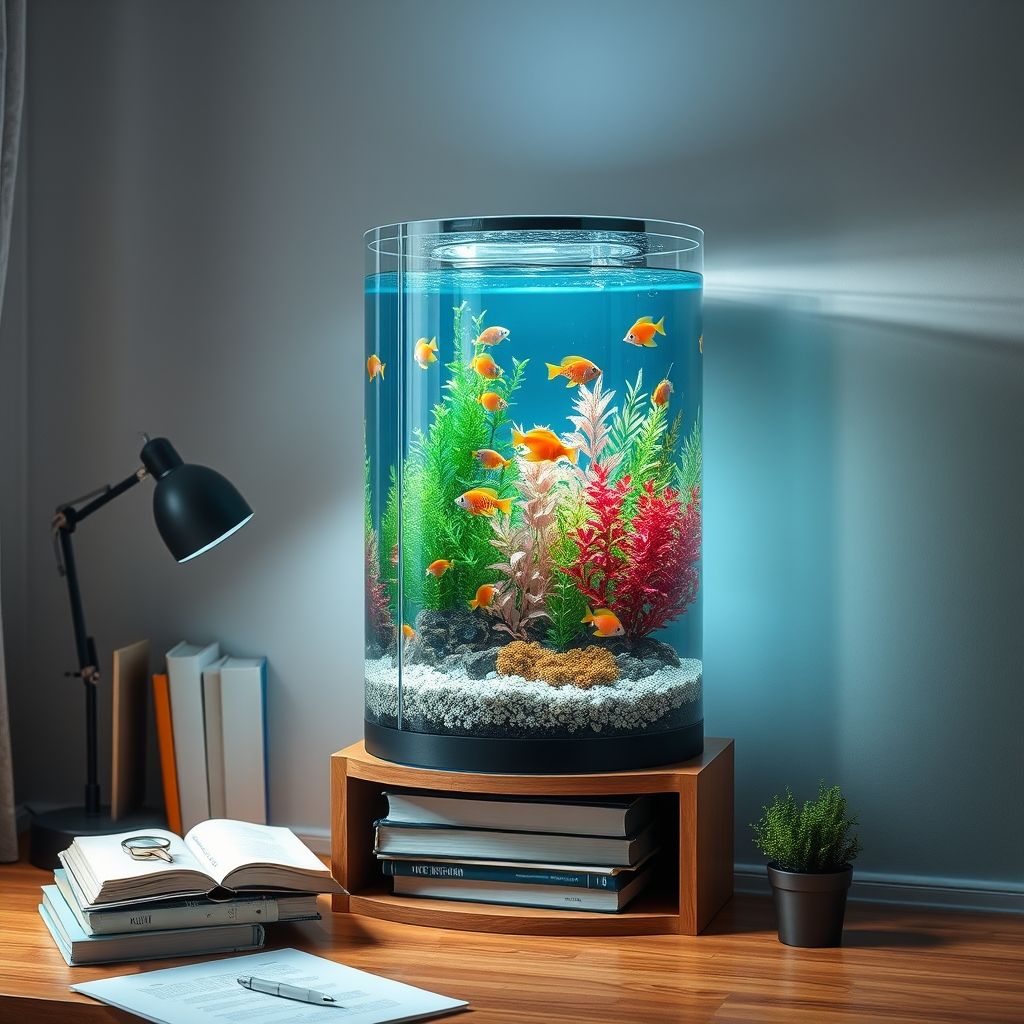
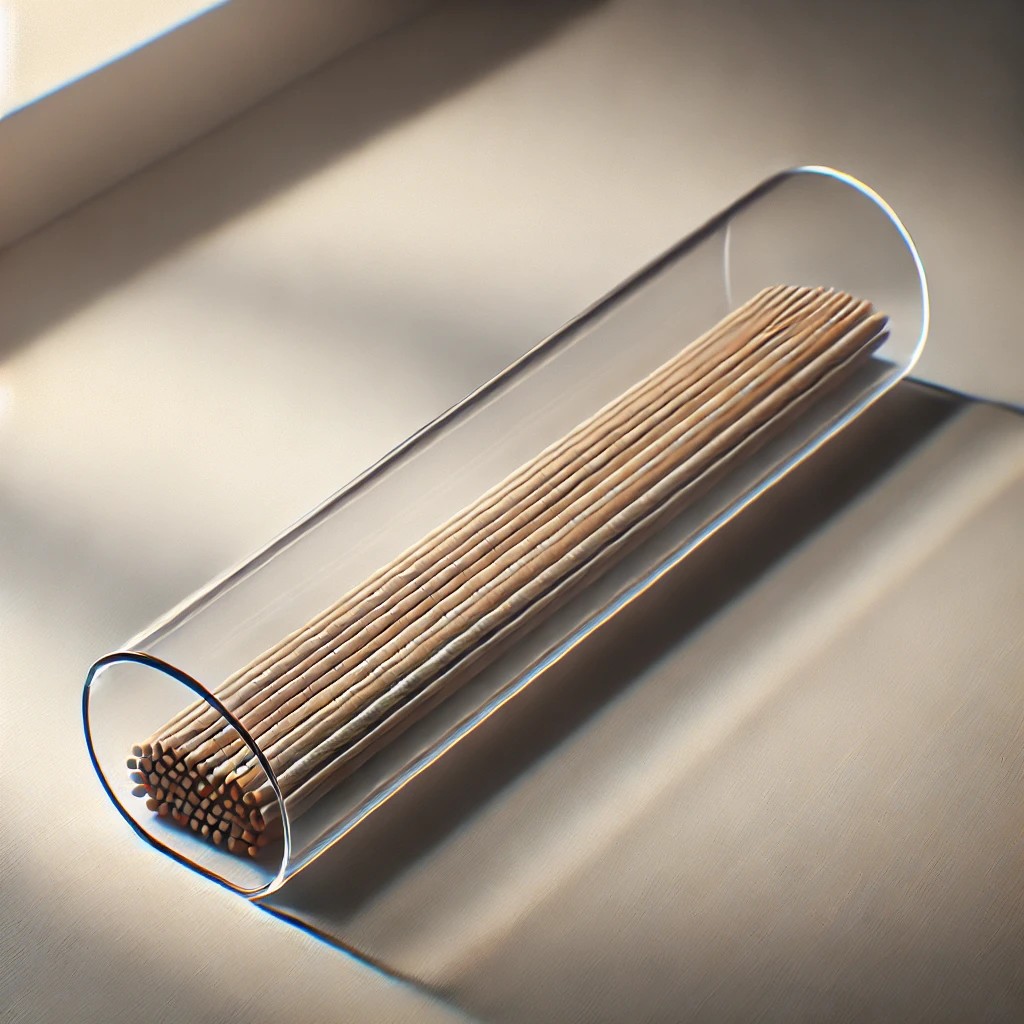
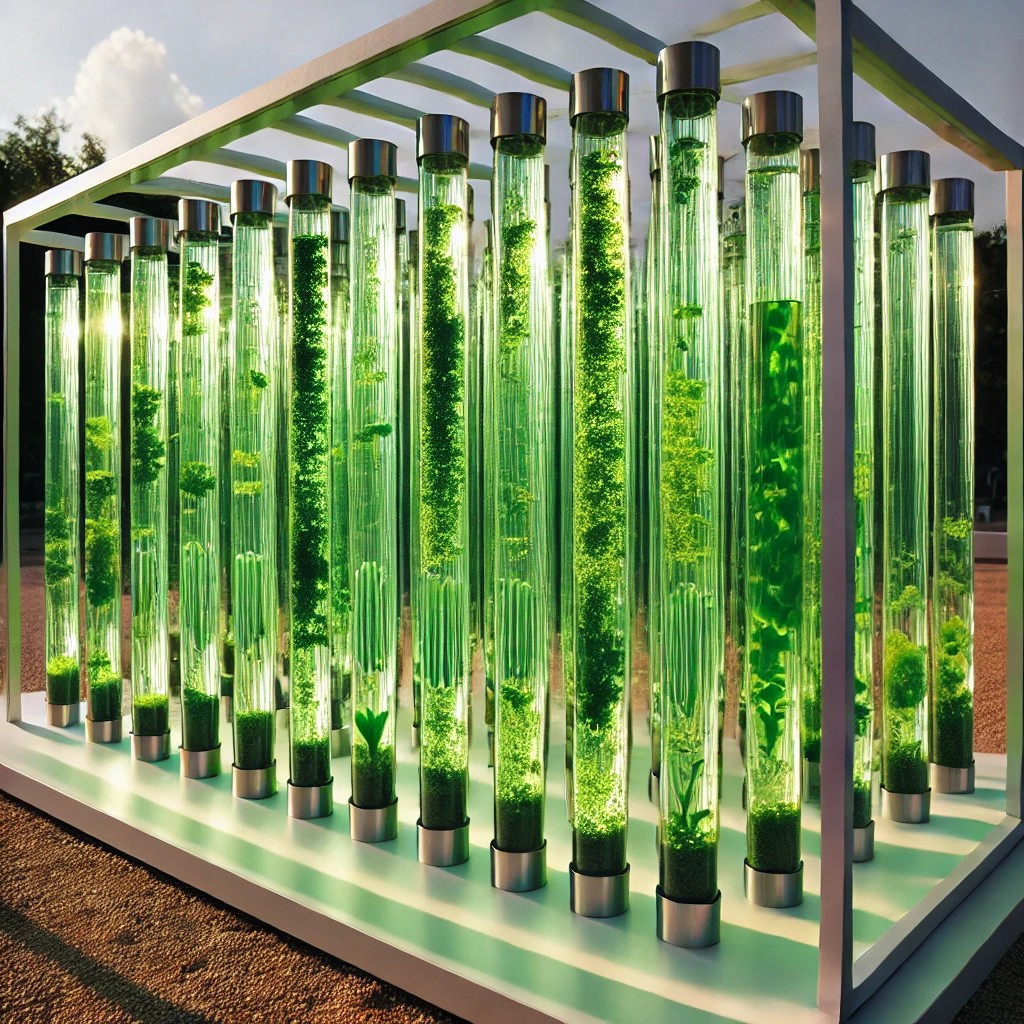
.jpg)
